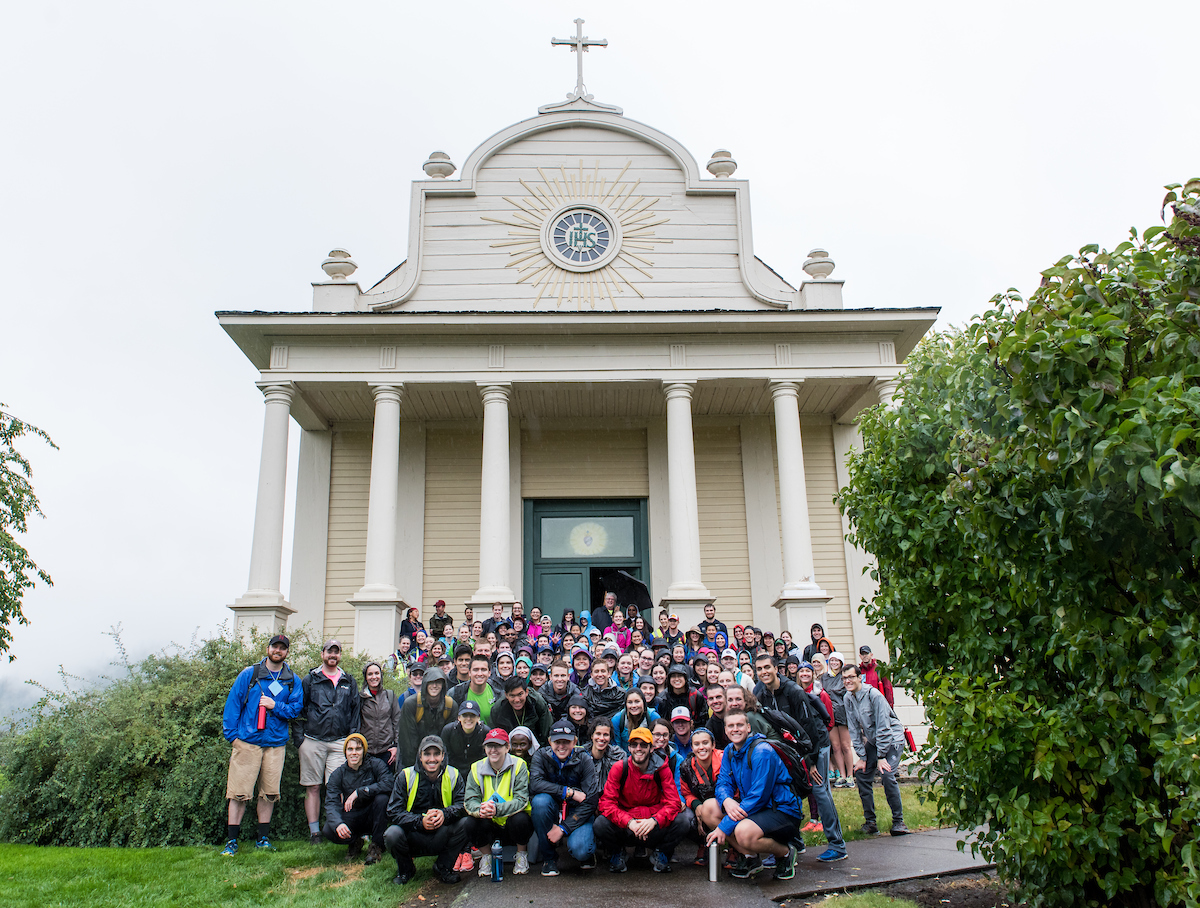What is Pilgrimage?

The practice of Pilgrimage, or sacred journey, is nearly as old as human civilization itself and can be found, in some form or another, in many different cultures worldwide. Ancient Jews acknowledged three pilgrimage feasts to Jerusalem while all Muslims, who are capable, are expected to perform at least one 5-day “Hajj” to Mecca in their lifetime. Chaucer’s Canterbury Tales are entirely set within a pilgrimage to the Cathedral of Canterbury. Aboriginal Australians have their “Walk-About,” the Hindus their pilgrimage to the Ganges and Tirupati, certain Native American peoples practice the “Vison Quest,” and hundreds of thousands of Catholics annually make pilgrimages to the shrines of Our Lady of Guadalupe in Mexico or of Our Lady of Lourdes in France, not to mention a dozen other Marian shrines around the world. And most of us have heard of the 1000-year-old Camino de Santiago de Compostela that traverses the north of Spain, which began as a Catholic homage to St. James the Apostle and which has evolved into an ecumenical opportunity for people of many faiths and even of no faith.
It is in this spirit that the annual Gonzaga University Pilgrimage takes place. This September, the Zag community made its 48th pilgrimage to the Cataldo Mission in north Idaho, calling to mind the journey made by the Coeur d’Alenes in search of “Black Robes”, or Jesuits, who would bring Christianity to the people. While the Mission no longer functions as a religious building, and is now owned by the Idaho Bureau of Parks, it still stands as a symbol of the connection and collaboration between the tribe and the church.
Every established Pilgrimage has its own traditions and symbols. The Camino de Santiago, for example, uses the image of a conch shell, and pilgrims wear a shell around their necks to show that they are on pilgrimage. Our Cataldo Pilgrimage “medallions” are meant to represent that tradition. Each pilgrim receives a medallion, unique to each year, to wear during the pilgrimage. This year about 170 pilgrims boarded buses at GU at 6:30am, trekked 50 minutes to Enaville, ID, and unloaded at the Snake Pit Restaurant to enjoy a delicious hot breakfast. We then began with a traditional ceremony to bless the pilgrimage cross and one of the medallions was placed on the cross, joining medallions from each of the previous pilgrimages. This reminds us that we walk as a community that is much larger and more diverse than just those people we can see and pray with on the day.
We then began our 11-mile walk through the beautiful woods and hills of north Idaho. During breaks we reflected on bits of our larger story, beginning with St. Ignatius of Loyola, and his own circuitous pilgrimage that led him to found of the Society of Jesus in 1540. In a longstanding tradition, pilgrims were met at the Cataldo Mission by members of the Coeur d’Alene nation who shared some of their own culture and history with the pilgrims. We then enjoyed a delicious lunch followed by a celebration of the Catholic liturgy.
Around 4:30pm we returned to campus, physically wet and tired, but spiritually warmed and energized by the opportunity to reflect, pray, socialize, and ponder our place in a grand narrative, of which Gonzaga University is but the most recent chapter.
